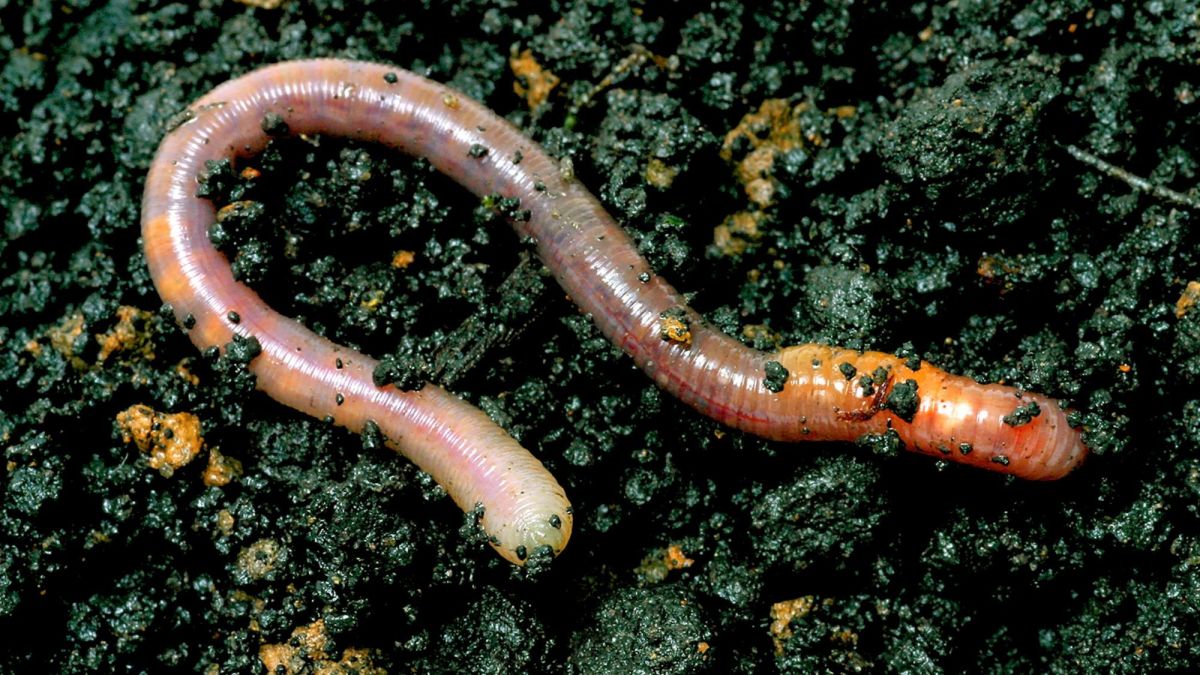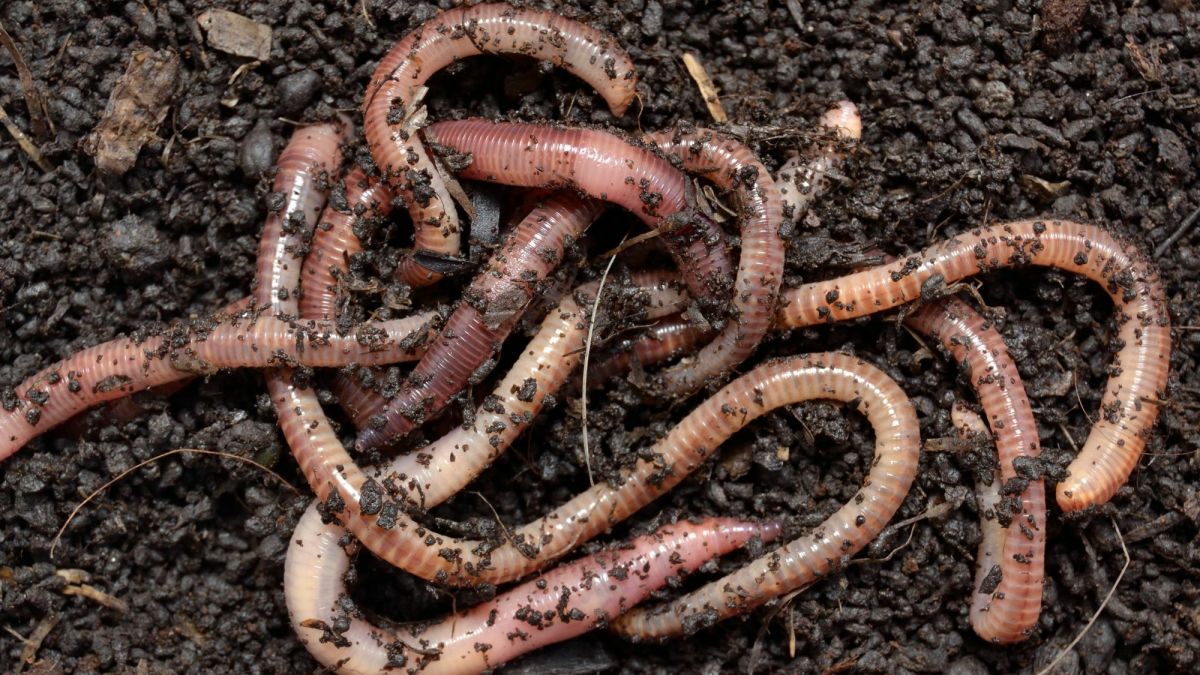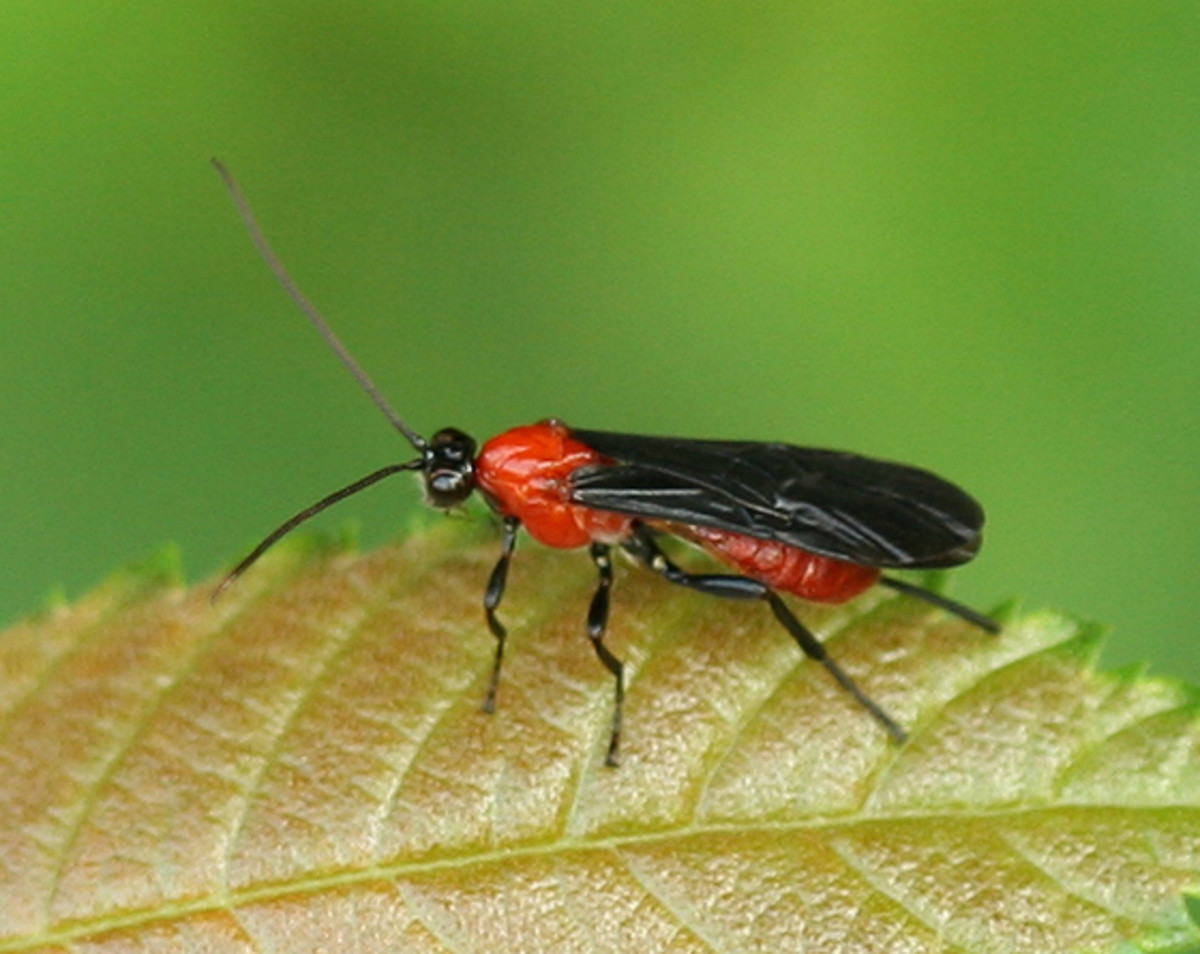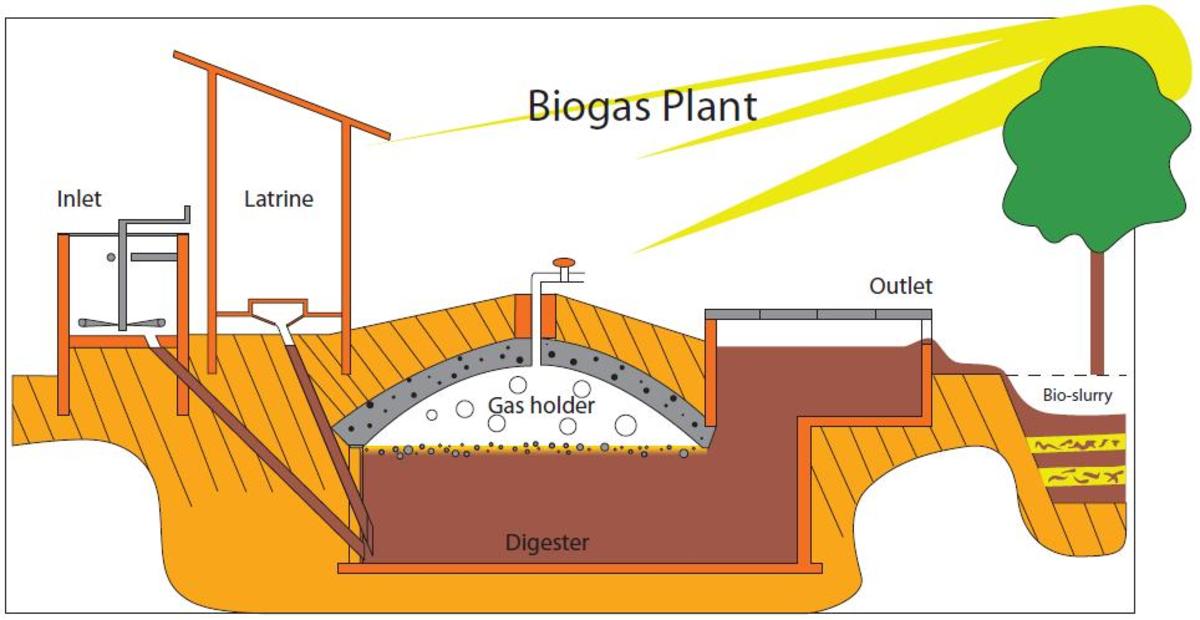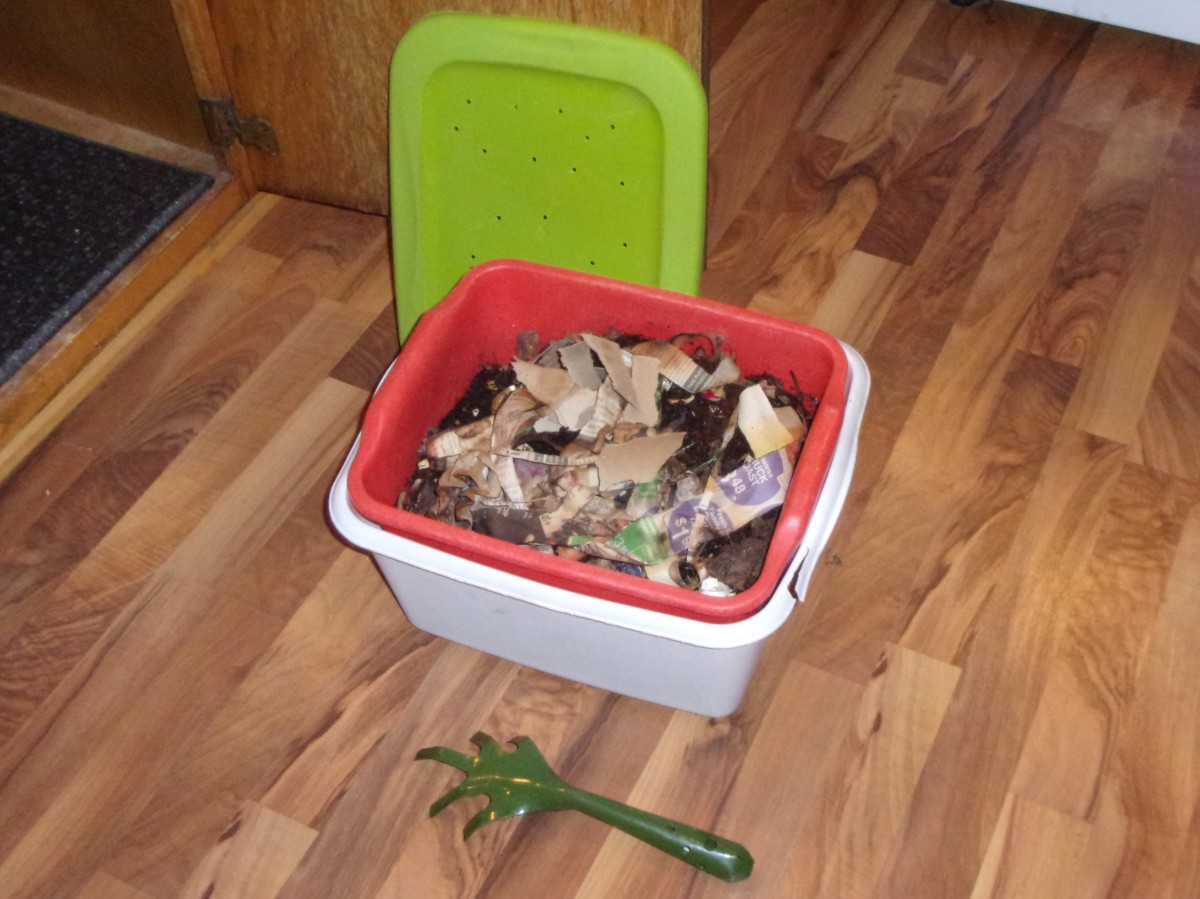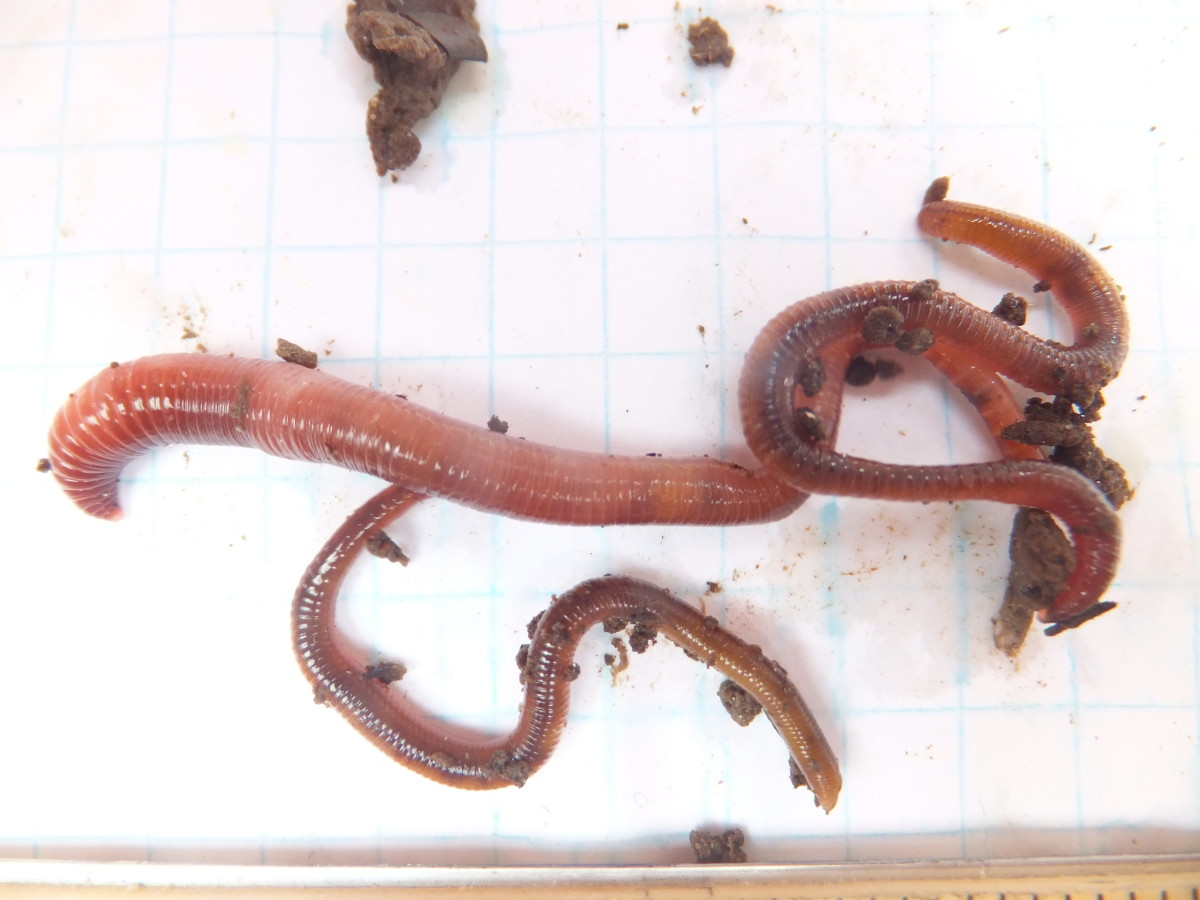How to Make Worm Casting Tea
How to Make Worm Casting Tea
The process of how to make worm casting tea involves feeding the microbes that are present in your worm castings so that when you add the tea to your plants, the worm casting tea will add beneficial microbial populations as well as other nutrients to your plant soil and/or plant foliage. The beneficial microbes have a symbiotic relationship with plant roots and break down the minerals in your soil so that they are available to your plants. When your plants have more nutrients available, they will produce food that is more nutritious, or have higher Brix, and your plants will be more resistant to both diseases and insects. For more on how to grow high Brix food, see link.
This process describes how to make the highest quality, microbally active worm casting tea. The process can be simplified by not using the aerator, but you should instead stir the mixture as often as possible to provide more air to the microbes. The time can also be shortened by allowing the teabag to sit for only 24 hours.
Vermiculture
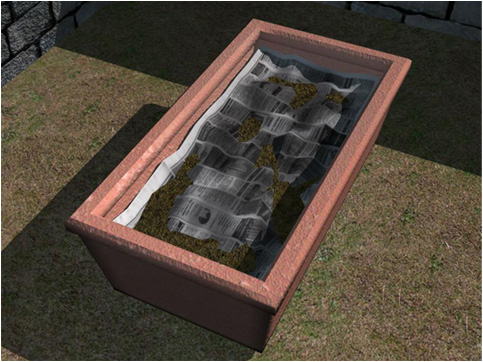
What Worm Casting Tea Is Not
Worm casting tea is not the excess liquid that drains out of the bottom of your worm bin. This is actually leachate, which is also beneficial to your plants because it contains nutrients. But it is not as good for your plants as worm casting tea because it was produced anaerobically, or without air, and does not contain live microbes. Worm casting tea is also for use only on plants to water the soil or to spray on the plant foliage as foliar feeding, but is not for humans or animals to drink.
Worm Castings
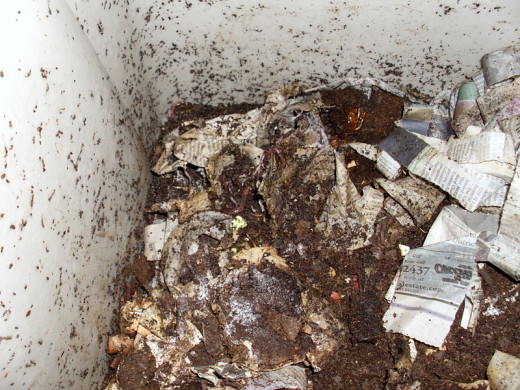
How to Separate Worms from Worm Castings
- To separate worms from their castings, you will be using the worms' natural instincts to avoid light. Stop feeding the worms a few days before you plan on harvesting castings.
- In a well lit area, lay a piece of plastic, such as a tarp or trash bag cut along two of the seams, on the ground. Gently remove the castings from the bin and form cones on the plastic. Wait for a few minutes to give the worms a chance to burrow away from the light. Take the top few inches off of each cone and inspect the soil for worm cocoons and worms, returning these to the bin. Again, wait for a few minutes before removing a few more inches of castings to inspect for worms and cocoons.
- After harvesting your worm castings, add some fresh moist bedding and food to your worm bin.
Worm Tea
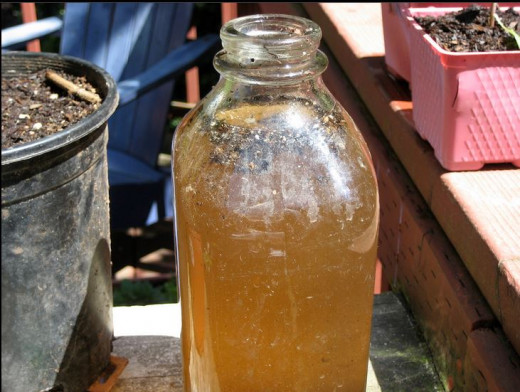
How to Make Worm Casting Tea: Items and Ingredients Needed
To make worm casting tea, you will need:
- 4 cups of worm castings,
- 1 cup of molasses (preferably non-sulfured blackstrap molasses from your local farmers supply) to feed the microbes,
- a few cups of hot water to dissolve the molasses in,
- a fish tank aerator (you can often find used aerators at garage sales or flea markets, in your newspaper classified ads, or on craigslist.com or freecycle.com),
- an old sock without holes, cheesecloth, or a paint strainer cloth: to make into a tea bag to hold the worm castings, (If you do not plan on using a sprayer to distribute the tea, you do not need this.)
- a 5 gallon bucket,
- 4 to 5 gallons of chlorine free water. You can use well water or water from a pond or other natural source. If your tap water is chlorinated, let it sit out for at least eight hours, preferably 24 hours, to let the chlorine dissipate. Using chlorinated water will kill the microbes, defeating the purpose of making worm casting tea,
- 2 hoses for the aerator, and
- a rock to hold the aerator underwater,
How to Make Worm Casting Tea: The Steps
It will take about three days to make worm casting tea. After you make it, it is best to use it right away. Otherwise, use it within 48 hours. Tie your worm castings into whatever material you have decided to make the tea bag out of so that it cannot leak into the container. Place your teabag into the container, and assemble the aerator so that it will bubble through the mixture. When you are mixture has a thick layer of yellowish bubbles on top, you have made very high quality worm casting tea.
If you used a tea bag, you can for the tea into a sprayer and spray all of the foliage of your plants. If you did not use the teabag, remove any sprinkler head from your watering can so that you will not clog the holes.

